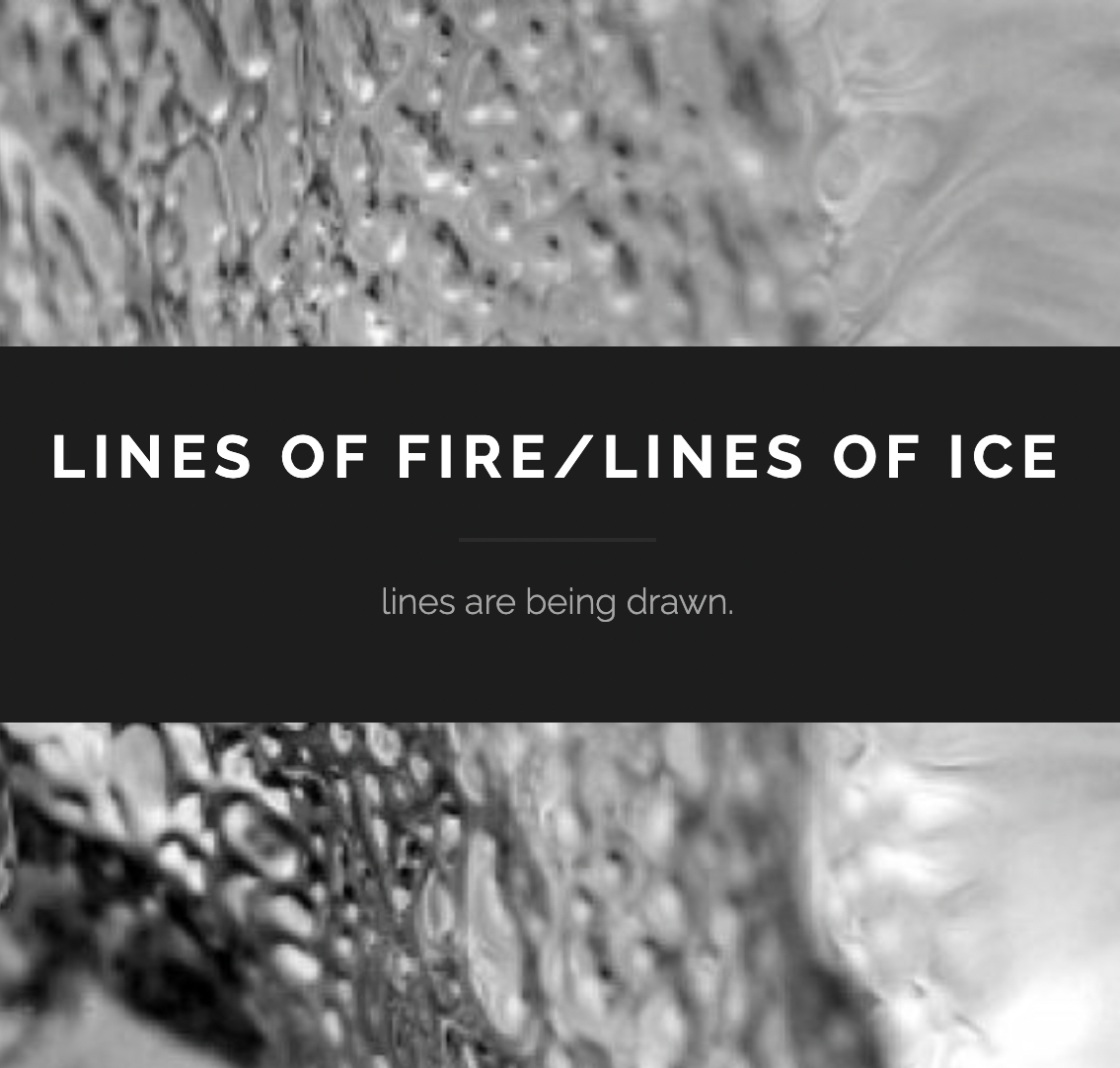January 24 through March 30, 2019
It is 2019. Fires advance; glaciers retreat. Oceans rise; deserts spread. The Homo sapiens population grows exponentially; entire species of fish, mollusks, insects, amphibians, and birds perish each day. Lines are being redrawn on the surface of the earth – lines that can be seen from space. Yet these same lines are often blurred or erased when viewed through the lens of ideology.
The environment – the landscape as a place and as a subject – has become ever more objectified and alienated since the industrial revolution, just as human beings have become more alienated from each other. Even as environmentalists, we have learned to experience the environment as something other – a commodity which we may see as more precious and worthier of preservation, but even as it is romanticized, it is objectified. The damaged environment is a reality we confront as separate/separable instead of acknowledging the implicit damage to ourselves.
This exhibition is not a documentation of environmental destruction and degradation, although the connotations behind these works are clear. Peter Alan, Helena Donzelli, and Karen Lynn Ingalls have made work literally out of the burned ruins of their own studios, destroyed by the North Bay, California wildfire in October 2017. Jeff Frost’s video installation and photographic series, California On Fire, takes us on a firefighter’s POV, time-lapsed journey through an apocalyptic inferno haunted equally by caprice and irony. But rather than trying to sound another alarm into the gale, or issuing another unheeded call to action, we are presenting art that might help us to change our views of ourselves in the world.
Artists like Jaanika Peerna in her performance piece, Glacier Elegy (Bergen,) and Mitsuko Nakagawa’s installation hope to instill in the viewer a perceptual shift where the environment ceases to be conceived as a place separate from us – where we go to visit or storm-chasing, a set of geophysical events, or some romanticized, people-less ideal. It is our hope that you will be moved through their work to see the environment and ourselves, our bodies, our consciousness, as a single, fluid, inextricable reality.
The artists in this show do not promote the apocalyptic view that our species is inherently self-destructive – that is in our nature. This position obscures responsibility and paralyzes us in cynicism and inaction. It is an unscientific and ultimately immoral premise that dismisses the vigilance of environmental activists, the anonymous labor of scientists, the heroism of first responders, and this exhibit’s fusion of art and activism as anomalous and incidental.
If there is such a thing as an essential human nature, our nature is change itself. This may be the single most important lesson of evolutionary theory, and for us, a source of hope. Artists have historically served as the conscience of humanity; now they may serve as the conscience of the earth itself. This is the palpable hope behind this exhibition: art as an act of stewardship, a testament to a new reintegration of consciousness, body, and earth.
The lines are being drawn.
Tim Blunk, Director, Gallery Bergen

